A subscription business model is a type of business where customers subscribe to goods or services, pay for them at a set recurring rate, and then receive them on a certain cadence.
I am confident when I say that everyone reading this article is a customer of a subscription business. Do you have your trash picked up each week? You’re probably subscribed to WM or another waste service. Do you watch Netflix? Receive Amazon Prime packages? Get your contacts replenished each month? All of those goods and services are brought to you by a subscription business.
Let’s dive further into how subscription business models work, their pros and cons, and the different types of subscription businesses that are out there.
Subscription Business Model Process
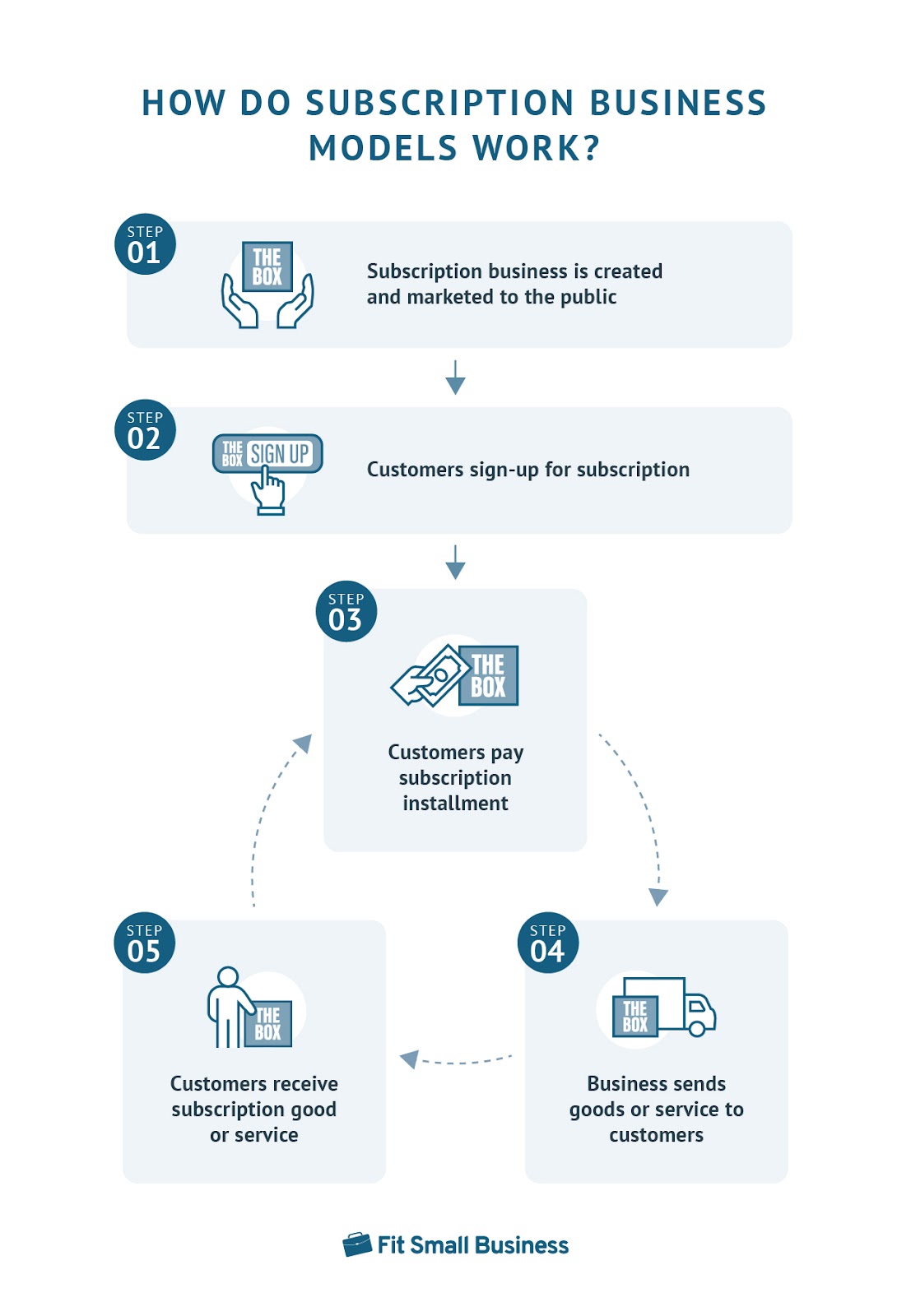
Even with all the different types of subscription businesses, the basic subscription-based business model process is simpler than you might think.
First, an entrepreneur starts their subscription business and markets it to the public. From there, people sign up and enter the subscription cycle. In this cycle, the customer pays a regular subscription fee, the subscription business prepares their goods or services, and then the customer receives those goods or services at the appropriate cadence. This cycle continues until the customer decides to end their subscription.
Pros & Cons of Subscription Business Models
There is a lot of upside to the subscription-based business model, but there are also a few challenges you should be wary of before you dive in.
| PROS | CONS |
|---|---|
| Sell once, earn forever | Lots of competition |
| Predictable inventory needs | Subscription fatigue |
| Predictable income | High churn risk |
| You decide what sells | Contract hesitation |
| Strong branding opportunities | Difficulty maintaining interest |
| Lots of upselling potential | One issue can impact all customers |
| Recurring customers | Falling into fads |
| Lower costs | |
In general, the pro to subscription business model is that you have reliable, recurring customers through their subscription commitment, which means you have more predictable demand than most retailers. Most subscription businesses also don’t have storefronts or large staff, so costs are primarily inventory and fulfillment.
Meanwhile, with the way subscription models work to provide the same or similar products, many shoppers can become tired of your brand and unsubscribe due to subscription fatigue. Additionally, there is a risk of contract hesitation or high churn (people unsubscribing).
A further risk that comes with the subscription model is that, because you provide the same service or good to all subscribers, if something goes wrong with sourcing or your tech, you impact every customer.
Types of Subscription Business Models (+ Examples)
There are many types of subscription businesses on the market, although they follow the same general operational philosophy.
Take a look at the sections below for detailed information on the different types, plus a real-world example of each.
Replenishment
A common type of subscription business that you will see is the replenishment model. In this type of subscription business, the customer signs up to receive the same item at their desired cadence—typically each month—with the intent of restocking their stash and never running out. Generally, you see this type of subscription business for everyday essentials, like contact lenses, dish soap, dog food, or other regularly consumed necessities.
Dollar Shave Club
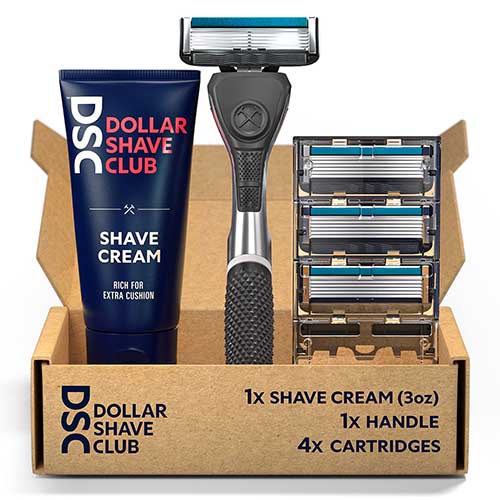
The Dollar Shave Club sends new razor blades and shaving cream to its users. (Source: Amazon)
The Dollar Shave Club is an example of a replenishment subscription business. With a DSC subscription, users regularly receive new razor blades and shaving cream, ensuring they never run out.
Curated Box
Another type of subscription business is the curated box. This is when users sign up to receive a box that follows a certain theme—think beauty, sports, international snacks, etc. They do not get to choose the particular contents of the box, however. Rather, an expert curates the box with surprise goodies that the subscriber receives each month, quarter, week, etc.
Note that, in some cases, users get some opportunity to customize their boxes, but they are typically still choosing from a curated list of items.
FabFitFun
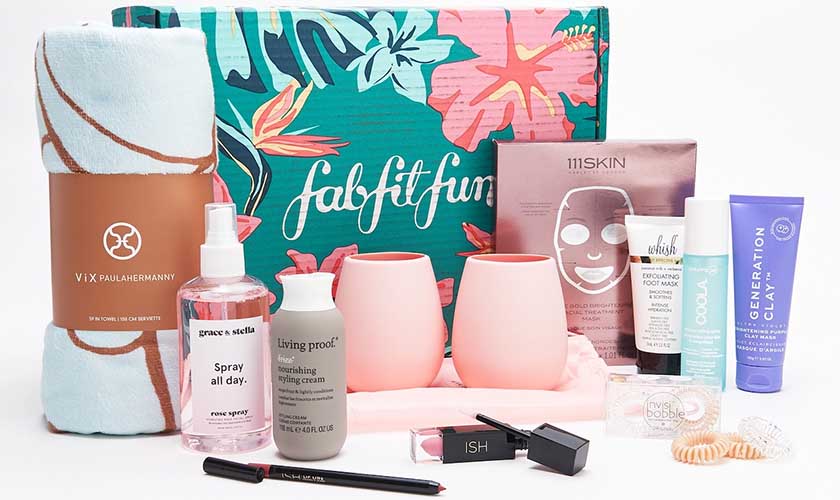
FabFitFun sends its subscribers a box of beauty, home, and fashion goodies each season. (Source: Glossy)
FabFitFun is one of the original names in the curated subscription box game. The company sends out seasonal boxes, including curated goodies in beauty, lifestyle, fashion, and home. The best part? The amount users pay for their box is guaranteed to be less than the value of the goods!
Meal Kit
Another popular type of subscription business is the meal kit service. In this variety of subscription box, the company sends out meal kits that include all the ingredients needed to make a complete recipe. The idea is that you only get the ingredients you need, so there isn’t any waste, and users save time because they don’t have to go to the store.
HelloFresh
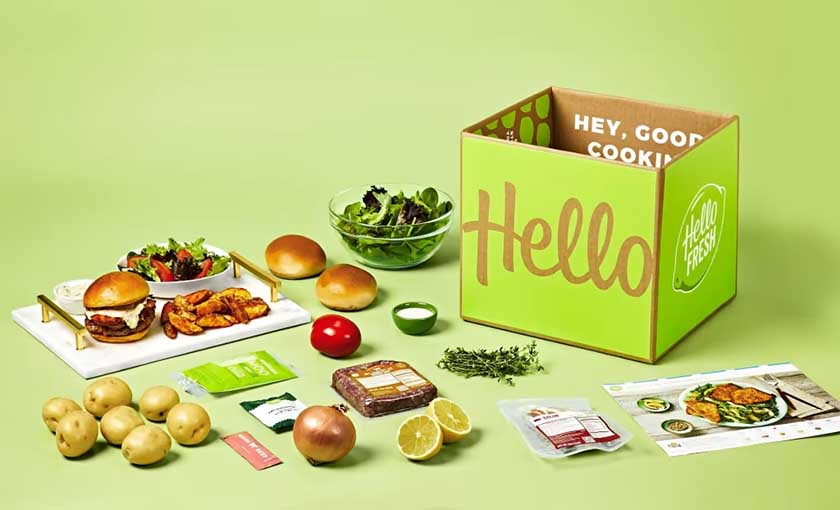
HelloFresh is a well-known meal kit company that sends out ingredients and meal cards to users each week. (Source: HelloFresh)
HelloFresh is a meal kit service you have probably heard of. The company sends its users menus a few weeks in advance; users can then choose the meals they want to receive and get them delivered to their door.
Every box includes all the ingredients needed for the selected meals and recipe cards to show users how to prepare everything. Memberships are tiered based on the number and types of meals subscribers want to receive, and the business guarantees freshness with every order.
Access Model
One of the most common but often overlooked types of subscription-based business models is the access model. In this type of subscription service, users pay a monthly fee to get access to certain platforms. Think streaming services, stock image sites, software programs, storage—anything where you are paying a subscription to get access to owned media or services.
Netflix
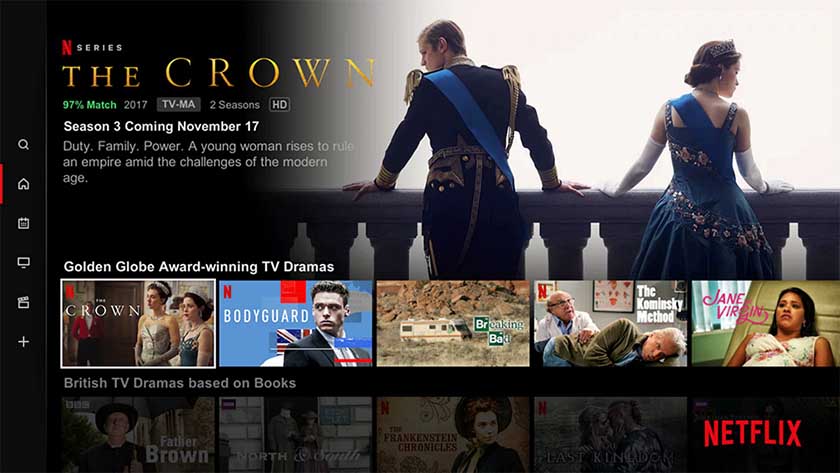
YouTube has subscribers pay a monthly fee in order to access its media. (Source: TiVo)
With over 232 million subscribers, Netflix is probably the most common access model subscription company on the market. Netflix users pay a monthly fee and, in exchange, get access to all of the streaming platform’s content ad-free.
Premium Access Model
You can have access models, where users cannot even view your content without paying their subscription, or you can have a premium access model. In this case, users can access the platform and see the content. However, they have to pay a subscription fee to get premium content or experiences.
You typically find this type of structure on platforms that don’t own their content or ones that started off free and are looking to further monetize as their customer base grows.
YouTube
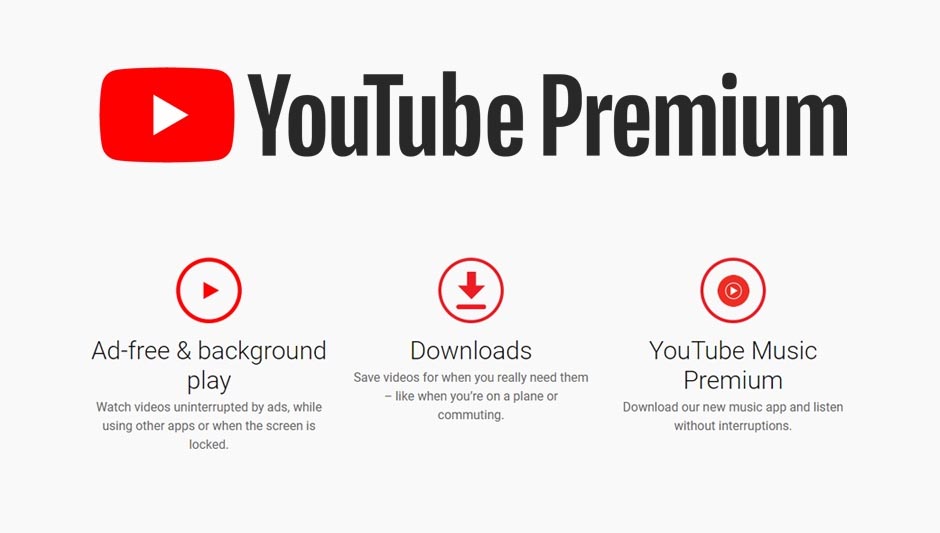
Premium subscribers get access to exclusive features with their membership. (Source: Streaming Better)
YouTube Premium is an example of a premium access model subscription business. In this case, everyone can access YouTube and watch posted content. YouTube Premium members, on the other hand, pay a small subscription fee to get an improved experience, including access to all YouTube content ad-free, the ability to download content, and YouTube Music premium access.
Service Subscription
Another type of subscription business that most people use is a service subscription. In this case, you pay a regular fee for certain recurring services. In my case, I pay a service subscription for trash pickup, a PO box address, road plowing, and other services that I receive regularly.
Waste Management (WM)
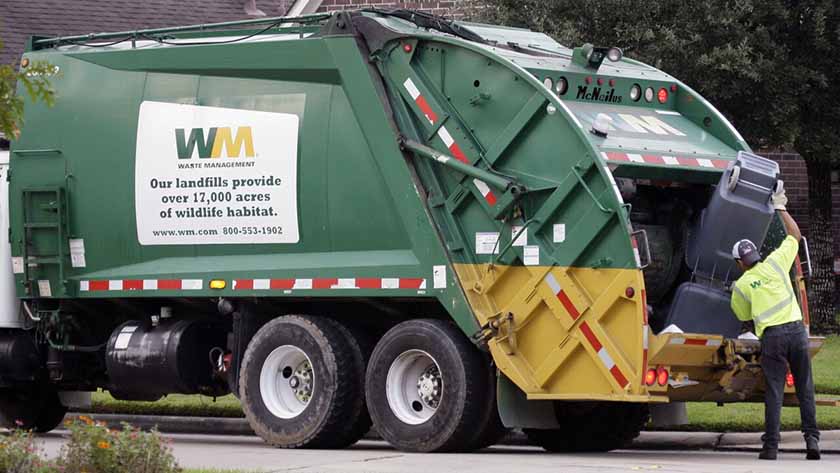
WM is a waste management company that uses a service subscription model to collect payment for its trash pickup services.
(Source: Denver7)
One example of a service subscription that most readers will likely be subscribed to is local trash pickup. WM is a major name in this game and uses a service subscription model to collect payments for weekly trash pickups.
Local Delivery Subscription
While subscription model businesses can serve large swaths of the country or even the world, there are also local subscription businesses. In this case, subscribers pay to receive a local good, and those goods are dropped off at a certain cadence. This is a common type of subscription business that you will see from local farmers or artisans and advertised at farmers markets or in local papers.
Royal Crest Dairy

Royal Crest Dairy delivers locally sourced milk and eggs to subscribers in the Denver metro area. (Source: Royal Crest Dairy)
Royal Crest Dairy is a popular local delivery service in the city of Denver. Subscribers sign up to receive specific quantities of locally produced milk and eggs, and RCD delivers a dairy box to their porch each week.
Facility Memberships
The final type of subscription model business we will look at is the facilities membership model. In this type of subscription business, users pay a recurring subscription fee to gain access to facilities like a gym, kids’ club, country club, or golf course. Some facilities’ memberships are monthly, but in many cases, they are annual.
Soho House

Soho House is a members-only club that offers exclusive bars, parties, and facilities to its members. (Source: NSS Magazine)
Soho House is an example of a facilities membership business. Soho House charges a high premium to become a member, but once you join, you get access to exclusive “Soho Houses” in major cities around the world. These houses include restaurants, bars, parties, and events that only Soho House members can access and attend.
Subscription Business Models Frequently Asked Questions (FAQs)
Click through the questions below to get answers to some of your most frequently asked subscription business model questions.
A subscription business model is where customers sign up and pay recurring subscription payments to receive goods or services on a regular basis.
Subscription business models make money through the subscription fees they charge customers. The key is choosing a pricing strategy that creates profit for the business.
Businesses that replenish everyday essentials; deliver meal kits or curated fashion or beauty boxes; provide access to facilities or streaming services; as well as those that provide recurring local deliveries.
Examples of subscription business models include companies like Shave Club, FabFitFun, and HelloFresh, as well as Netflix, YouTube, Waste Management (WM), the YMCA, and your local regular deliveries.
Bottom Line
With the guide above, you have the answers you need as well for understanding how subscription business models work and the different types there are to consider.
If you are ready to take the next step and start your own business, look at our guide to starting a subscription box business or any of the articles below.